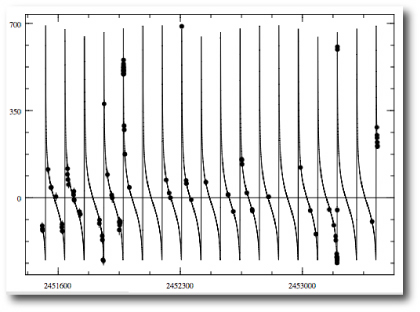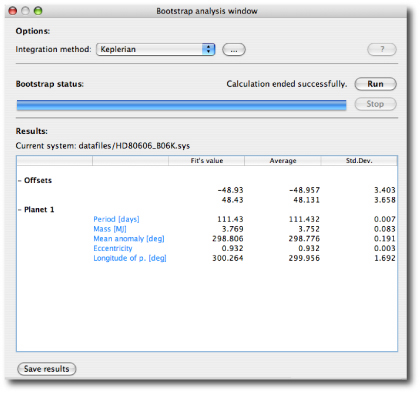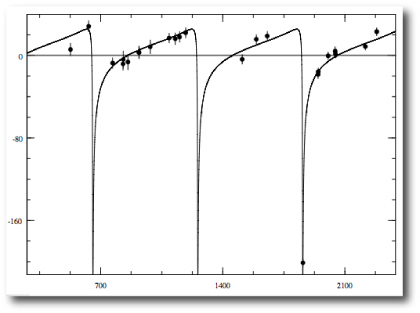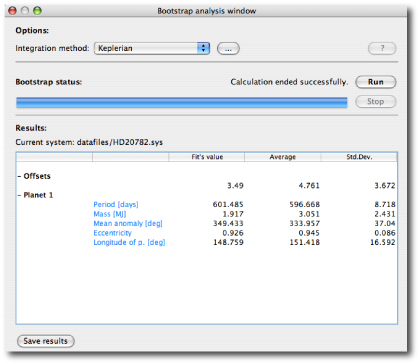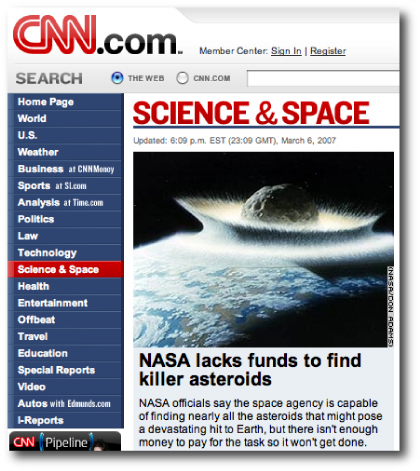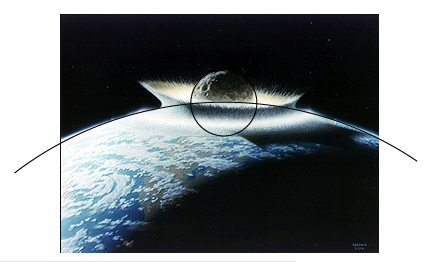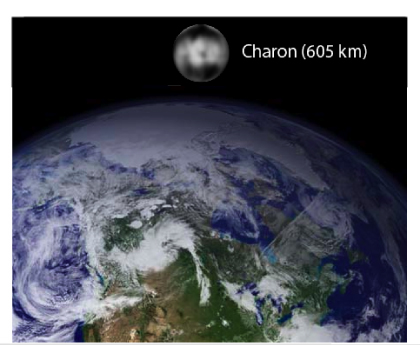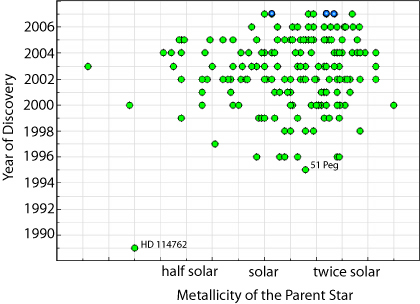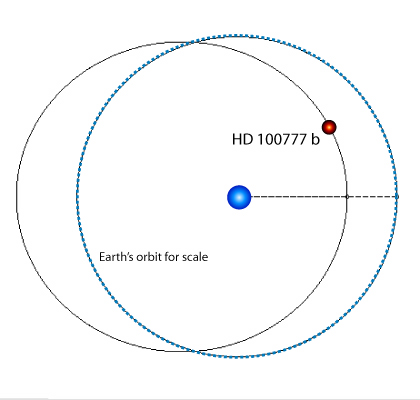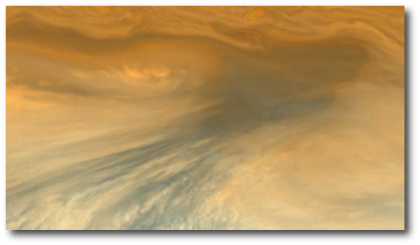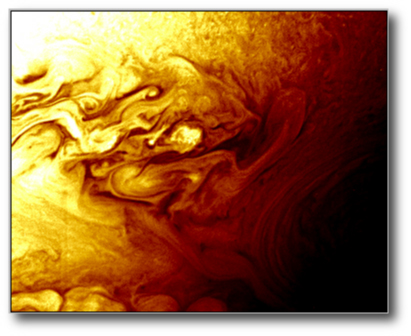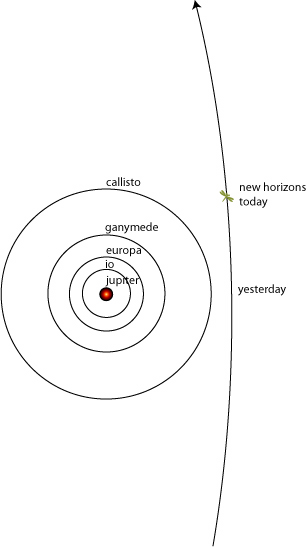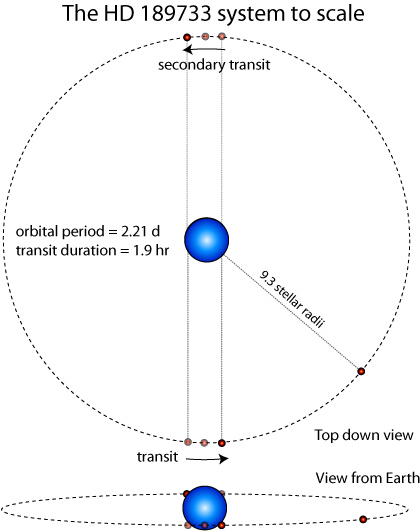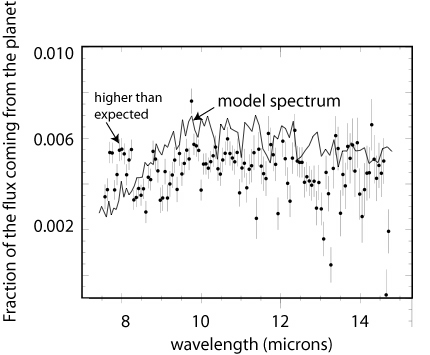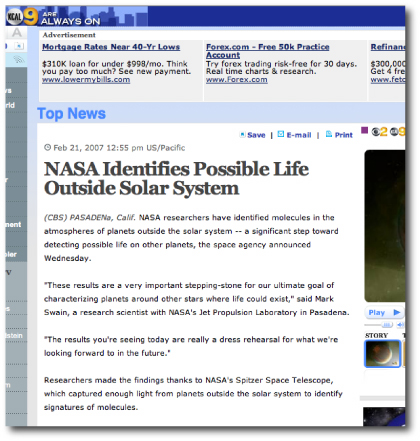
No word yet on whether that newly discovered 11 Earth-mass (and possibly rocky) planet orbiting GJ 674 is transiting or not.
The next opportunity is coming up on April 11th 13:17 UT. Given GJ 674’s location in the sky at RA 17:29, Dec -46 54, the South Pacific has by far the best view of the next event. Anyone willing to jump on the next plane to Tahiti with a Meade LX200 and an SBIG ST-7 in their checked baggage?
The current Tahitian weather forecast for the transit window calls for scattered clouds with a 20% chance of rain:
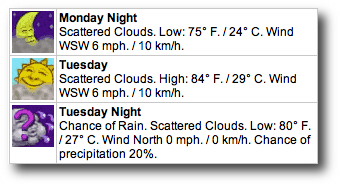
Not exactly the best conditions for obtaining 0.5% photometry, but not completely hopeless, either. I’m interpreting the current forecast as indicating there’s a 1/3rd chance that the weather will be cooperative. This means that if you fly to French Polynesia and set up your telescope in the hotel parking lot, you’ve got a 1 in 60 shot at walking away with the biggest exoplanet discovery of the year.
Even at 60:1 odds, there’s a case to be made that the trip is a good investment. According to the CoRoT website, the CoRoT satellite will detect “a few tens” of large rocky planets for a price tag of roughly 100 Million USD. That’s ~3 million per large rocky transiting planet.
A trip to Tahiti tomorrow, on the other hand, costs out at under 4K, and involves a more clement destination than Baikonur. In fact, when I dialed up a spur-of-the-moment expedition on expedia, I was informed that the price had just gone down:

The expectation value for the Tahiti mission, therefore, is a comparative bargain at $240,000 per transiting planet.

Assuming that you can show up at LAX by ~10pm this evening (Monday) a direct flight on Air Tahiti Nui gets you in to Papeete at 5:10 Tuesday morning. There’s plenty of time to grab a taxi to the luxe Le Meridien Tahiti, where you can take a refreshing nap in your “over water bungalow” set on one of Tahiti’s few sand beaches. Follow your late afternoon dip in the pool with dinner at Restaurant Le Carre, with its trendy atmosphere and refined A la carte dishes. After dinner, there’s still plenty of time for drinks at the L’Astrolabe Bar, where they’ll likely pick up your tab while you regale the hip-yet-distinguished clientele with astronomical bon mots. Indeed, you’ll likely have an admiring circle of new-found friends as you set up your scope in the parking lot and expertly obtain darks, flats, and baseline photometry, prior to observing well into astronomical twilight.
It’ll then be time to retire to your bungalow for some well-deserved rest. You’ll have the rest of the week to analyze your data and hopefully send that discovery e-mail to the IAU. It’ll be impossible for anyone on Earth to scoop your discovery until the next transit window on April 16th, at which point you’ll be flying home (having upgraded to first class for the long-haul flight back to LA).
What’s that you say? No money for your trip? No Problem. As soon as the market opens this morning, just write a few at-the-money April calls on a precariously high-flying tech stock to raise the necessary cash.


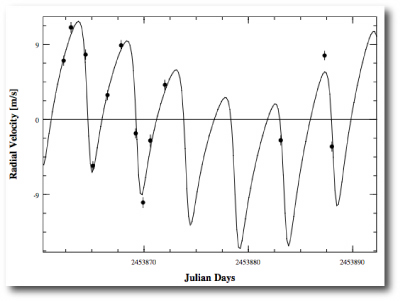
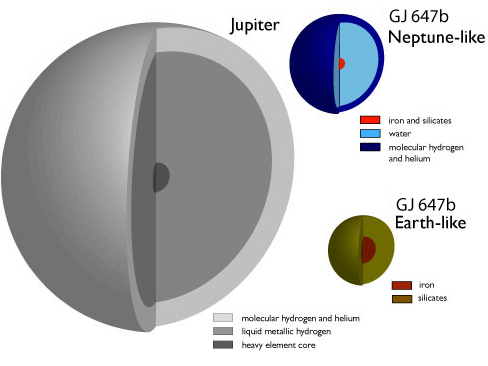
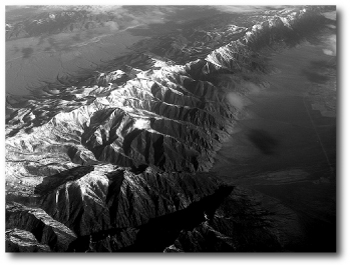

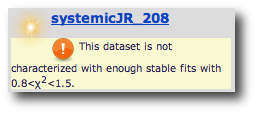


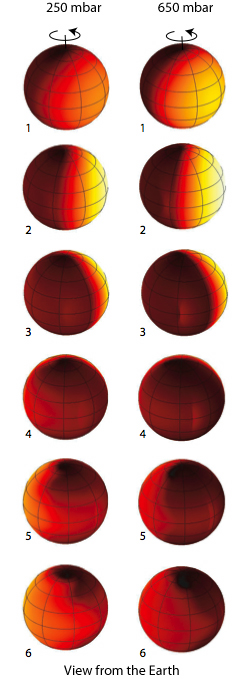
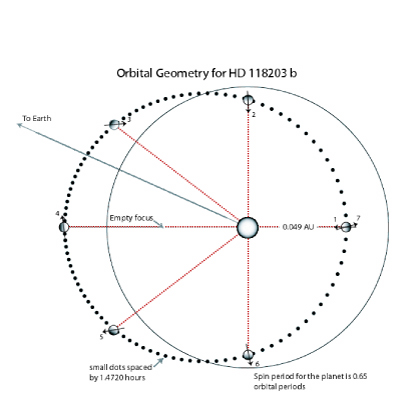
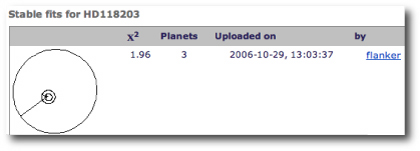 .
.
